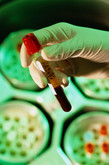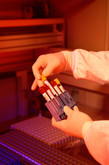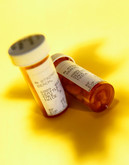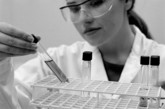Biosimilars/News
|
Posted 26/02/2010
The US FDA has accepted Teva‘s application to sell a biosimilar version of Amgen's Neupogen (filgrastim), although the biotech giant is working to block the move in court.
XM02, a granulocyte colony-stimulating factor (G-CSF), is designed to treat severe neutropenia, a haematological disorder characterised by an abnormally low number of white blood cells. If approved, the drug would be marketed under the name Neutroval by US pharma company Hospira, which in 2009 acquired worldwide rights to the new version in a deal that also saw it gain manufacturing capacity for filgrastim and pegfilgrastim - a long-acting version of the drug marketed by Amgen as Neulasta. The worldwide market for Neulasta and Neupogen currently stands at more than US$2 billion.





























